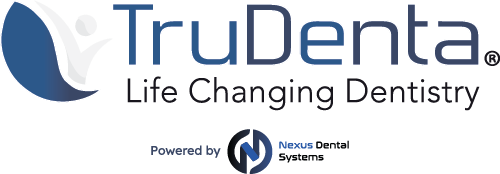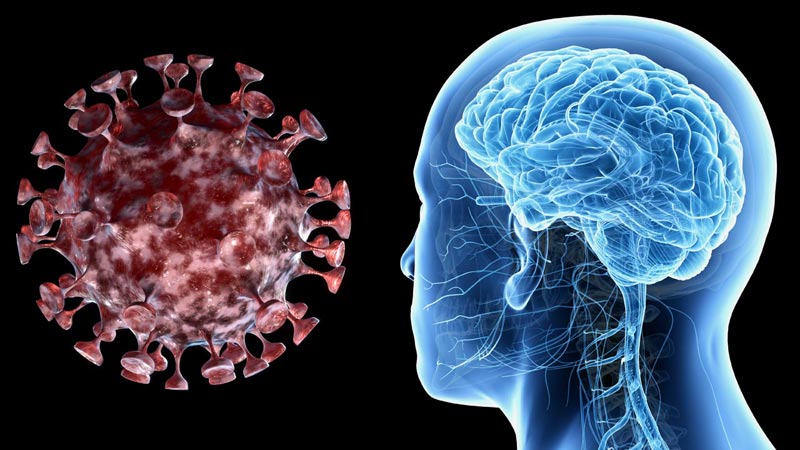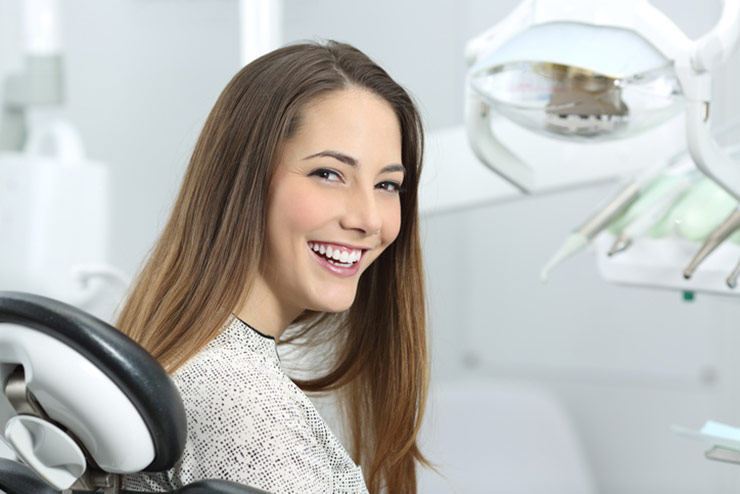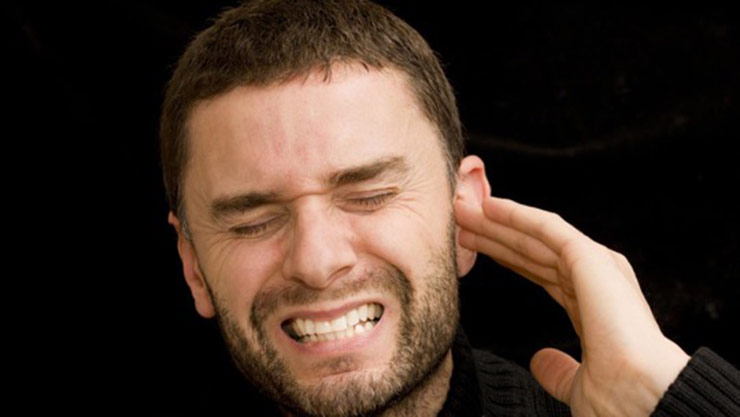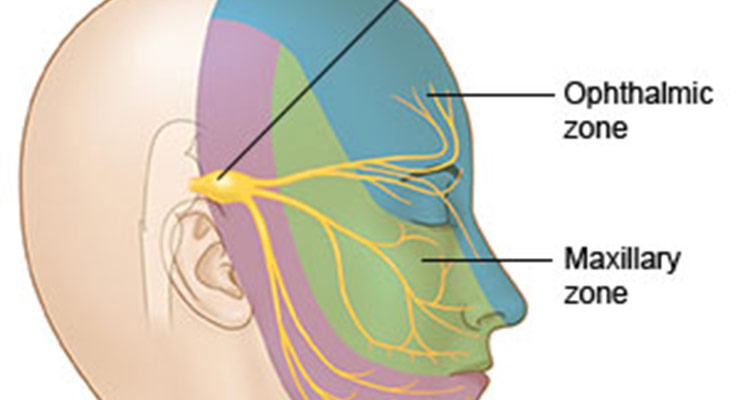
See Your Dentist
Dentists aren’t generally the first healthcare professionals people think about when they experience facial pain or headaches, but they should be. Even if you have thought that your headaches and migraines were related to some other problem (like sinus, eye problems, hormones, or genetics), the truth is that your dentist is where you should look for results that you haven’t found anywhere else. Maybe your CT scan or your MRI were normal, maybe the Ear Nose and Throat doctor said your ears look fine, maybe you’ve seen 4, 5, or 6 doctors and the only answer so far is medication.
Migraines and headaches originate in the Trigeminal Nucleus which is connected to the trigeminal nerve. The trigeminal nerve is the largest and most complex of the 12 cranial nerves (CNs) and has roots that extend out into 3 different areas of the head, the ophthalmic, mandibular and maxillary. The mandibular and maxillary roots of the nerve sit above (maxillary) and below (mandibular) your teeth.
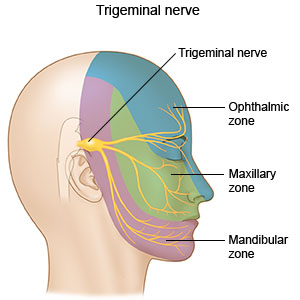
The nerve supplies sensations to the face, mucous membranes, and other structures of the head. It is the motor nerve for the muscles of mastication (chewing). If your dentist has ever discussed with you about your wisdom teeth getting too close to a nerve, this is the one they are talking about.
Your head, neck and mouth are a complex network of muscles, tendons, joints, and nerves which create forces. If your teeth are not fitting together correctly this can cause additional pain signals to be sent to the trigeminal nerve which can then lead to chronic headaches/migraine and/or jaw/neck/face pain.
In today’s society, tension headaches are increasing at an alarming rate. Forward head posture used to be something that was diagnosed on people who spent many hours on the computer. With mobile devices and more people leaning over tiny screens, tension headaches are occurring more frequently, in more people and at much younger ages.
Forward head posture can cause some muscles in your head and neck to weaken while it causes other to become more painful and tight. Those tight, overworked muscles can refer pain into the facial region, which then excites the trigeminal nerve and can throw trigger a headache.
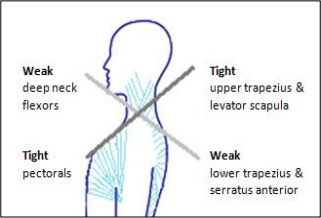
These overworked, overused or damaged muscles muscles develop scar tissue and deep adhesions which can then further cause misalignment and misfiring of the muscles. These misfiring muscles can also have the tendency to prevent your teeth from hitting together correctly.
If your muscles are “out of balance” then they will in turn cause your teeth to hit incorrectly. If this happens long enough additional bad things can happen, like damage to the TMJ, teeth, your jaw may begin to pop and click and even lock up. Muscle issues can also cause Tinnitus (ringing in the ears), vertigo, sinusitis, headaches, migraines, and in some cases Trigeminal Neuralgia.
Sometimes only the teeth need adjusted in order to stop the headaches from occurring, but if you have had the pain for a number of years, then dentist specialized in treating Dentomandibular Sensorimotor Dysfunction should be sought out as they have the experience to treat the teeth, muscles, joints, and neurology and as a whole.
Talk to your dentist today and see if they have a program in place to treat headaches and migraines without the need for surgery, needles or medication.
